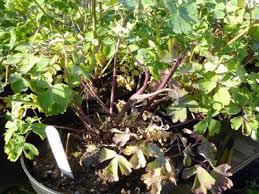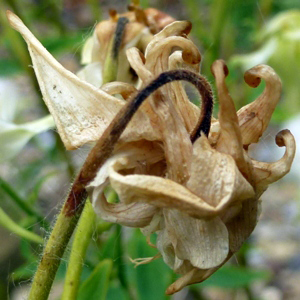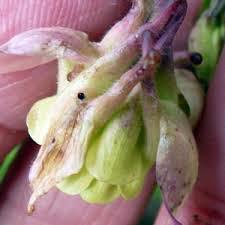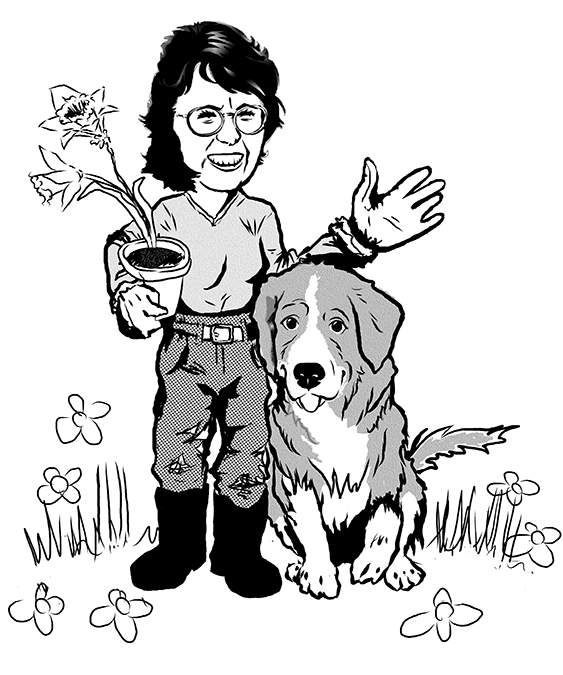Quote of the Week
by Leslie Cox; Sunday; February 18, 2018
We think that diamonds are very important, gold is very important,
all these minerals are very important.
We call them precious minerals, but they are all forms of the soil.
But that part of this mineral that is on top, like it is the skin of the earth,
that is the most precious of the commons.
~ Wangari Maathai (1940–2011)
Dirt! The Movie, 2009
This week in the garden…
by Leslie Cox; Saturday; February 17, 2018
Another day of sunshine earlier this past week lured me out into the garden. A not-to-be-missed occasion. However, rather than spend a third day on the overgrown rhododendron…pruning it back under some sort of control…I opted for a session of cleaning up in my island bed. I was really in need of some horticultural surprises to boost my spirits.
 Armed with the wheelbarrow, my small rake, and secateurs, I began gently pulling the leaf mulch off the primulas which I could see nosing up. Snipping the tattered older leaves off the clumps of pale yellow-flowered and white-flowered Primula vulgaris, they were soon looking spring-ready for their flower buds to appear. I was pleased to see there was no slug damage either. Always a dilemma if I am late in removing the leaf mulch. Slugs love to hide in it and can do a lot of damage undercover.
Armed with the wheelbarrow, my small rake, and secateurs, I began gently pulling the leaf mulch off the primulas which I could see nosing up. Snipping the tattered older leaves off the clumps of pale yellow-flowered and white-flowered Primula vulgaris, they were soon looking spring-ready for their flower buds to appear. I was pleased to see there was no slug damage either. Always a dilemma if I am late in removing the leaf mulch. Slugs love to hide in it and can do a lot of damage undercover.
Foto Friday
Peronospora spp. – Aquilegia Downy Mildew (ADM)
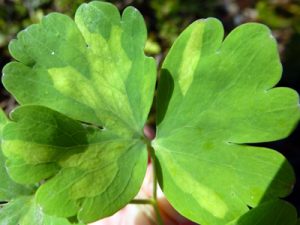 |
Peronospora spp. Family: Peronosporaceae Plant affected: Aquilegia (columbine) |
|
Aquilegia downy mildew (ADM) is spread by air- and water-borne spores. Can be carried long distances by the wind. Outbreaks typically occur when there are prolonged periods of rain in spring and/or late summer. Ideal conditions for production of spores and infection. While the airborne spores are only viable for a short time, the fungus is capable of producing a second type, called a resting spore, between the leaf tissues. These resting spores are more resilient. Released into the soil from decaying diseased material they can survive for several months, and perhaps for several years although this fact has not been confirmed.
The disease is so new, scientists have yet to assign a species name to the genus. While it has been placed in the same genus (Peronospora) as powdery mildew which also affects aquilegias, it is not related…despite certain similarities in symptoms.
Remedial Action: There is no chemical control for this disease. However, strict attention to hygiene in the prompt removal of any diseased parts or whole plants, as a non-chemical control method, will reduce the risk of resting spores contaminating the soil. Immediately burn diseased plants, or bag them for garbage removal. DO NOT COMPOST. The Royal Horticultural Society (RHS) has recommended not re-planting aquilegias in an affected area of the garden for at least a year. This advice may not have merit as there other species of Peronospora affecting other plant species which produce resting spores capable of surviving several years in the soil. Read more about Aquilegia Downy Mildew (ADM) in my Blog dated March 1, 2017. (Quick link here.)
Posted on February 14, 2018 |
|


